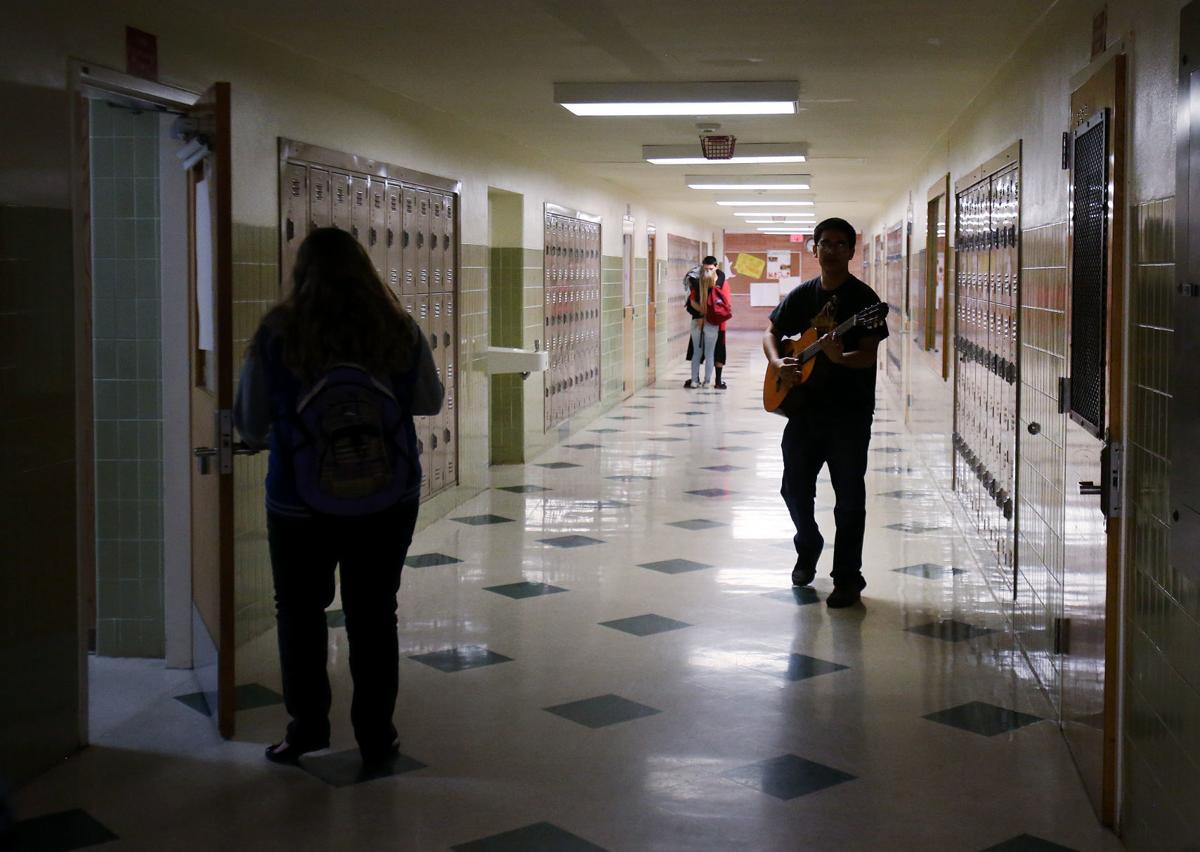A bill that would allow the Vail Unified School District to take over the underenrolled Santa Rita High School from the Tucson Unified School District is flawed in its conception and proposed execution, and should not pass.
The legislation, called HB 2524 and sponsored by Tucson Republican Rep. Todd Clodfelter, is a prime example of a lawmaker trying to fix a problem — Santa Rita is severely under capacity — in a way that is short-sighted, facile and ultimately not effective.
Clodfelter says he is pursuing the legislation because the high-quality Vail Unified School District is bursting at the seams and needs a new high school to keep up with demand, while Santa Rita is significantly underenrolled and has a “D” rating from the state.
Clodfelter calls it a common-sense solution — Vail needs another high school, TUSD hasn’t done a good job of keeping Santa Rita viable academically, so why not let Vail take over the campus? Plus, he’s said, TUSD has had plenty of opportunity to improve Santa Rita and has failed to do so.
The bill received a passing vote of 9-8 in the Arizona House Education Committee on Monday, with Republican lawmakers warning that unless the language is amended to say the proposed annexation would require the support of both districts, they won’t support it.
Clodfelter’s bill would require the Arizona School Facilities Board to take over any public school campus that is less than a quarter full and give the district 10 percent of the assessed value. Any bordering district’s governing board could vote to take over the school, as long as it was growing and had a rating of A, B or C from the state.
Local control of school districts is the most obvious philosophical argument against the bill. School districts are governed by elected officials who live in the district. While the quality and effectiveness of these boards vary greatly, they are the entity given responsibility to oversee their districts.
Inserting the state, through the School Facilities Board, into that equation based on an arbitrary percentage of building capacity — 25 percent (why not 35 percent or 60 percent?) — does not hold with the long-standing principle of local control over school districts.
Taxpayers would lose in Clodfelter’s scenario, as well. The state would, in essence, seize a sizable asset and give one district’s taxpayers 10 cents on the dollar of assessed value, no matter the market price. This taking would affect the district’s bottom line, which affects taxpayers. District taxpayers have paid for their schools’ construction over the years through taxes and bonds, and they shouldn’t be forced to forfeit real property to the state.
The School Facilities Board is not an elected body — its nine voting members are appointed by the governor. It was created in the mid-1990s as a way to equalize school districts’ abilities to build and renovate campuses, because, prior to that, school districts’ budgets were bound by their tax bases, which meant wealthy districts could provide significantly better resources than poorer ones.
The state taking away a school from one district and giving it to another, which is what Clodfelter’s bill boils down to, should raise red flags across the political spectrum.
TUSD has closed many schools in recent years because of low enrollment, and perhaps Santa Rita should be among their number. It has 450 students on a campus equipped to handle more than 2,000.
Our opposition to Clodfelter’s bill should not be interpreted as an endorsement of TUSD’s performance with Santa Rita. TUSD’s latest plan involves turning it into a career and technical-education campus with an emphasis on coding and cyber security, an idea that sounds likely to require significant investment in technology and other upgrades.
Vail and TUSD are at the crux of Clodfelter’s bill, but if passed the measure would have far-reaching implications for other districts . If two districts want to sit down and work out a deal over a school property — for example, if TUSD decided to close Santa Rita and sell the campus to Vail — there should be the mechanism to allow that to happen.
But this bill is not the way to do it.





